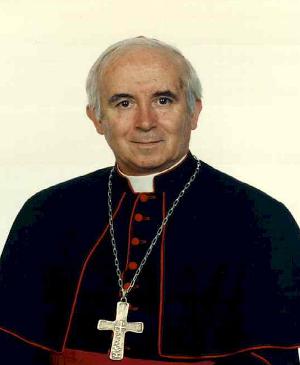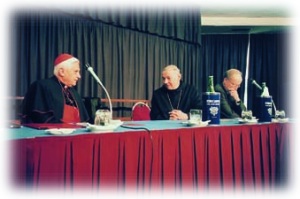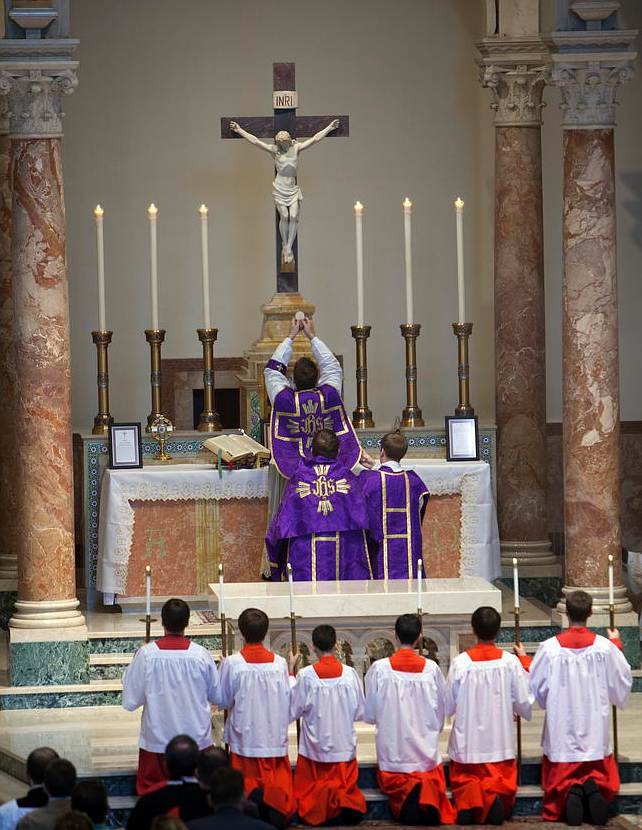Kortere skrifteandakt – fra bønneboken 1944
Fra Den katolske bønneboken fra 1994, har jeg nå skannet inn og gjort klart alt som står om skriftemålet der. Først kan man lese en kort form av enskrifteandakt:
Før skriftemålet.
Milde og miskunnsrike Gud, min Herre Jesus Kristus, du er det eneste frelseshåp for min sjel. Ta i nåde mot mitt skriftemål og gi meg sann hjerteanger og inderlig sorg over mine synder, så jeg alltid med ydmykt og oppriktig hjerte skrifter dem.
Min Herre og min Gud, hør mine bønner. Gode Jesus, verdens Frelser, som har ofret deg selv i korsdøden for å frelse synderne, se i nåde til meg stakkars synder, som kaller på ditt navn. Tenk ikke på mine synder, men kom i hug din rikdom på godhet. Og -selv om jeg har syndet, så du kunde dømme meg, så har du nok av det som kan frelse meg.
Skån meg derfor, du, min Frelser, og miskunn deg over min syndesjel! Fri den fra de bånd som trellbinder den, leg sårene som synden har tilføyd den.
Miskunnelige Herre, se på din rene jomfrumors, Maria Immaculatas, og alle helgeners fortjenester. Send for deres skyld ut ditt lys og din sannhet. La dem vise meg mine synder, som de er og som jeg må skrifte dem, lære og hjelpe meg til oppriktig og angerfullt å sanne dem for min skriftefar. Du som lever og råder, Gud fra evighet og til evighet. Amen.Etter skriftemålet.
Herre, inderlig ber jeg deg: Se til din jomfrumors, Marias og alle dine helgeners fortjenester. La for deres skyld dette mitt skriftemål tekkes deg, og ta mot det i nåde. Og hva det enn har manglet nå eller før av sann anger, oppriktig og fullstendig skrifte, det utfylle du med din godhet og miskunn. Løs meg så i din himmel helt og fullt fra min synd, for din miskunnsrike kjærlighets skyld. Du som lever og råder, Gud fra evighet og til evighet. Amen.
Bønn for skriftefaren.Herre, du har gitt oss vår prest og skriftefar som en fører på vegen til himmelen. Gi både oss og ham den styrke som troen gir, det mot som håpet vekker til live, den hjertevarme som kjærligheten kaller fram.
Nådens Gud, gi ham den overnaturlige kjærlighet til oss. Send ham din Hellige Ånds gaver: Fromhet når han ber og betrakter og bærer fram det hellige messeoffer. Forstand, kunnskap og visdom når han lærer oss din hellige tro og dine bud. Rådets And når han i skriftestolen går i rette med, lærer, advarer, trøster og læger våre sjeler. Gudsfrykt, så han ikke søker noe annet enn din ære og vår frelse, og styrkens Ånd, så han kan føre oss til modig strid under Kristus, vår konges merke. Amen.
Les et seks siders dokument med forberedelse til skriftemålet i lang og kort form, samt selve skriftemålet og takkebønner etterpå, fra Den katolske bønneboken fra 1944.

 For å forstå hvorman og hva man skal synge i liturgien (dvs. messen ordinarium og proprium), kan man kjøpe boken
For å forstå hvorman og hva man skal synge i liturgien (dvs. messen ordinarium og proprium), kan man kjøpe boken  Sist søndag presenterte kardinal Antonio Cañizares Llovera, prefekt for Liturgikongregasjonen, en bok skrevet av Msgr. Guillaume Derville, kalt «La concélébration eucharistique. Du symbole à la réalité».
Sist søndag presenterte kardinal Antonio Cañizares Llovera, prefekt for Liturgikongregasjonen, en bok skrevet av Msgr. Guillaume Derville, kalt «La concélébration eucharistique. Du symbole à la réalité». I fjerde del av min gjengivelse av kardinal Ratzingers foredrag om liturgien i 1998, sier han at det heller er ulike matter å feire messen på og forstå Kirken på – heller enn to ulike riter – som er problemet:
I fjerde del av min gjengivelse av kardinal Ratzingers foredrag om liturgien i 1998, sier han at det heller er ulike matter å feire messen på og forstå Kirken på – heller enn to ulike riter – som er problemet: